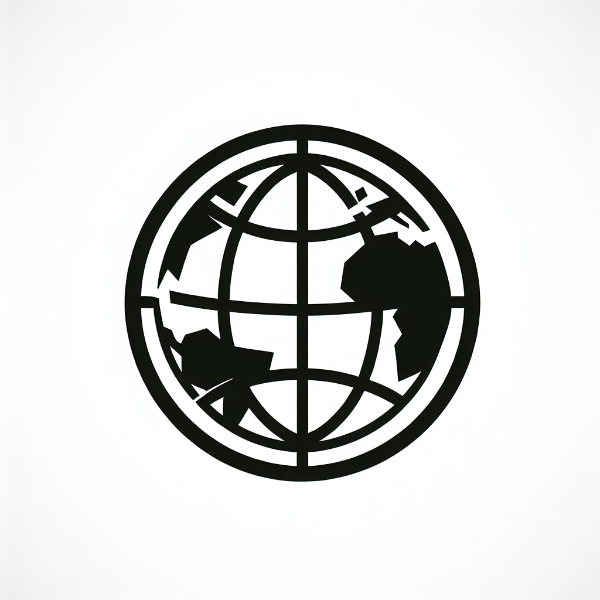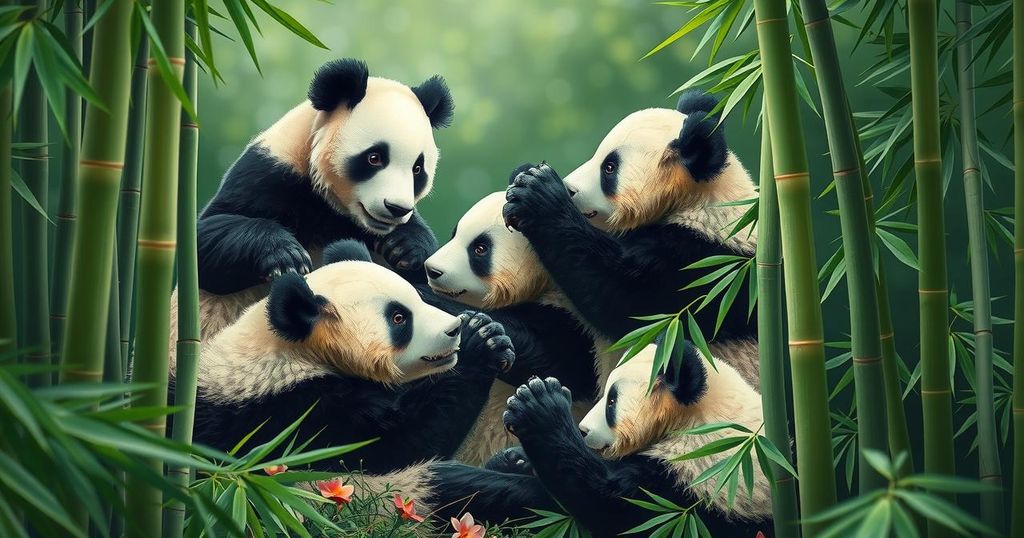Examining the Political Influence on Zoos from War to Cold War
The intersection of zoos and politics stretches back many decades, from the impacts of World War II to the ideological battles of the Cold War. Recent actions from the Trump administration have reignited discussions around zoos’ roles in reflecting and shaping political narratives. The National Zoo in Washington, D.C. is among those being scrutinised for potential ideological biases. As politics increasingly seeps into the realm of public spaces, the past shows us that zoos have never been neutral, but rather sites of political engagement and ideological messaging.
Zoos’ Historical Relationships With Ideology
Historical Context of Zoos and War Zoos have a much deeper connection to politics than most people realise. Historically, they’ve been used to uphold ideologies, including colonial exploitation and racial hierarchy. For instance, during the early decades of the 20th century, leaders like Mussolini used zoos to promote notions of strength and vitality linked to fascism. In wartime especially, zoos morph into extensions of national ideology, subtly influencing public perception and sometimes being outright manipulated for political means.
How WWII Altered Zoo Operations
Impact of World War II on Zoos The Second World War marked a significant shift in how zoos operated, particularly regarding governmental influence. Most zoos found themselves pressured to prioritise state needs over animal welfare. This included employment cuts and food rationing for staff and animals alike. In 1939 alone, the London Zoo exterminated over 200 animals, primarily out of fear that they could escape and pose a threat during wartime chaos. Similar tragic actions were seen across zoos worldwide.
Total Control Over Zoos During Wartime
Authoritarianism and Zoo Governance Authoritarian regimes like those of Nazi Germany had a chilling effect on their national zoos. German zoos adopted policies restricting entry based on race and aligned themselves overtly with Nazi propaganda, displaying swastikas and hosting events for regime leaders. The situation in Japan was equally grim, with the Ueno Zoo ordered to eliminate animals to evoke public loyalty to Japan’s wartime objectives. Reports of horrific methods, like electrocuting a polar bear and starving elephants to enforce propaganda were just part of the landscape.
Symbolic Importance of Zoos During the Cold War
Zoos as Political Symbols in the Cold War The ideological struggle continued through the Cold War, and zoos remained at the forefront of this cultural battle. The city of Berlin even showcased two zoos—one representing capitalist ideals, the other communist ones. Interestingly, giant pandas from China became focal points of this ideological warfare. Initially labelled as ‘enemy goods,’ these animals went from being denied entry to the US, to symbolising a thawing relationship between the US and China when presented as gifts by President Nixon in 1972. The historical importance of pandas in America continues; recently, two new pandas were introduced to the National Zoo, intended to win the hearts of visitors for the next decade.
How have politics influenced zoos historically?
Historically, zoos have been influenced by political ideologies and have been used to portray certain narratives, sometimes easing wartime concerns through public perception.
What happened to zoos during World War II?
During WWII, many zoos were pressured by governments to prioritize state needs, even to the detriment of their animals, including tragic culling of animal populations for fear of escape.
How did authoritarianism impact zoo operations?
In authoritarian regimes, zoos often became tools for propaganda, showcasing the government’s control while sending ideological messages to the public.
What significance do giant pandas have in political history?
Giant pandas have historically been used as symbols in the ideological battle of the Cold War, representing shifts in political relations between the US and China.




